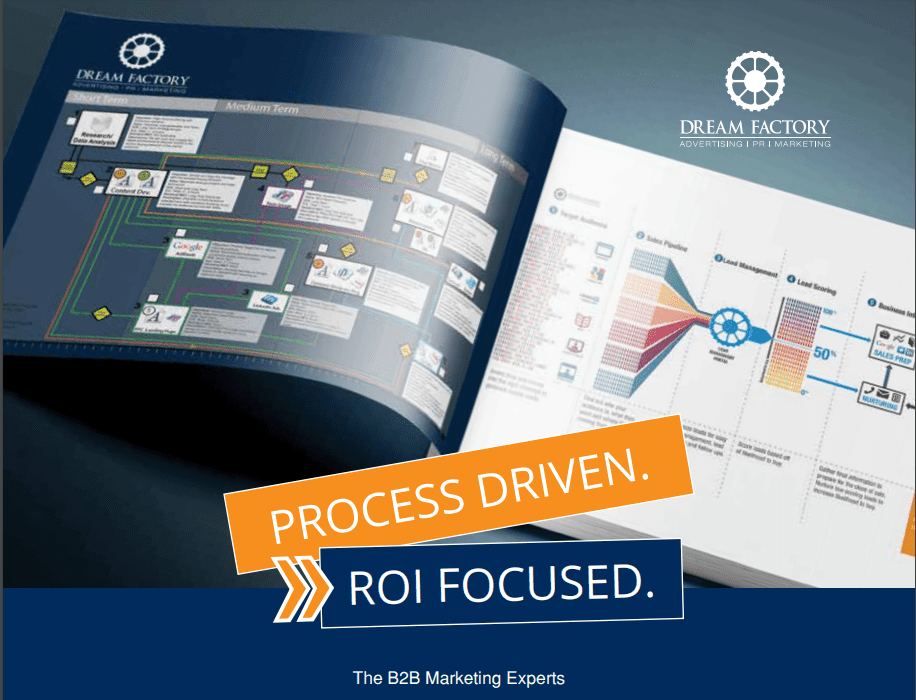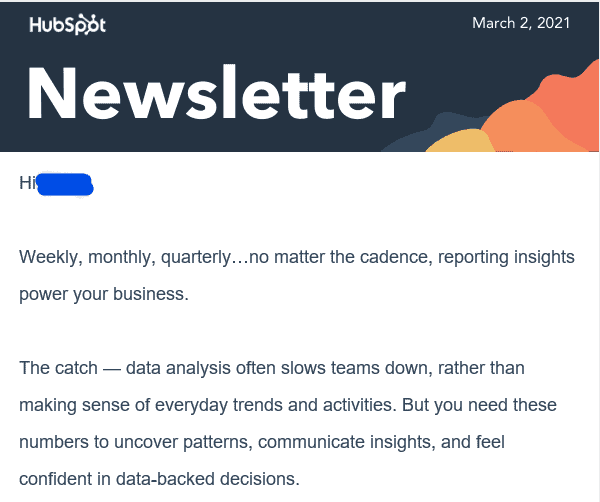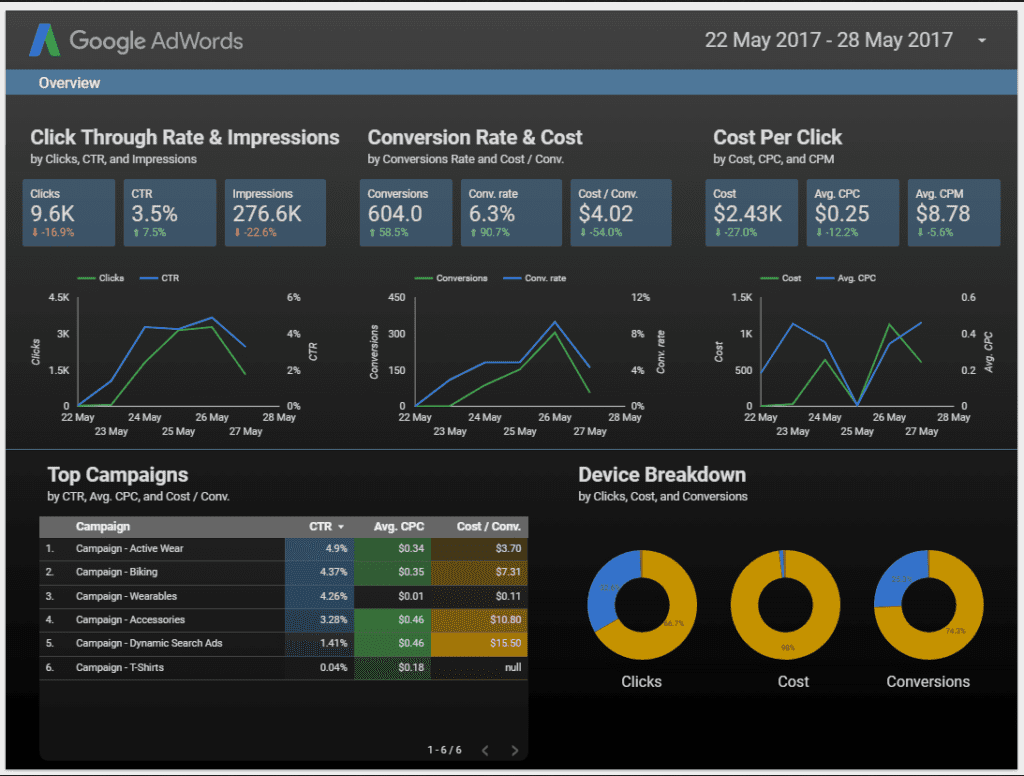Creating content that is strong and informative not only increases your SEO ranking, it also helps increase high-quality lead generation, thus enabling sales efforts. What you write as a marketing professional has a substantial impact on the sales process, and an effective sales enablement strategy is a key aspect of company alignment. Effective marketing
Creating content that is strong and informative not only increases your SEO ranking, it also helps increase high-quality lead generation, thus enabling sales efforts. What you write as a marketing professional has a substantial impact on the sales process, and an effective sales enablement strategy is a key aspect of company alignment.
Effective marketing works hand-in-hand with Sales, as it is marketing’s job to generate a variety of strategies to reel in high-quality leads for your seasoned sales representatives. It is the marketing professional’s job to utilize facts, creativity, and a series of applications to create content that will bring leads that are informed and help sales close the deal.
There are a variety of ways to create content to generate and nurture leads in the sales life cycle. Enabling sales teams is the key, and as a marketing professional, it is your duty to generate innovative and creative ways to keep interests high within your company’s website. One way to do that is through utilization of sales enablement content. Keep reading for some great examples you can use in your content creation process.
Content that Contributes to Sales Enablement:
Informative Blog Posts

Informative blog
One of the more successful ways to begin content marketing is starting off with informative and well thought out blogs to inform the public about your services and products.
Creating great content can be easy to some but always remember the goal of creating this content is to aid the sales department. Make sure your content is informative as well as entertaining to help the reader understand the level of expertise your company is known for. Enabling sales teams with sales-ready leads is the goal. These leads close faster and typically have a higher close percentage as well.
Be sure to plan ahead by brainstorming topics and areas of interest you believe are best suited for your target audience. One of the best content for enabling sales teams is the case study.
Case Studies

Case Study
This is an example of content that demonstrates your company’s ability to provide a product or service to new clients. Case studies analyze the metrics and provide potential leads with statistics and facts that show your company has generated results for their existing customers.
The fun part about case studies is that it does not have to be one long form white-paper. It can include video content, written customer testimonials, and other various forms of content to demonstrate your company found a solution to their problem.
For search engine optimization purposes, creating a landing page or a series of pages detailing your various case studies is a great way to have your website rank higher on sites like Google.
Read our blog on how to draft a case study for more information.
Customer Testimonials
“The knowledge-based relationship that developed between my company and Dream Factory has only grown stronger over the years, allowing us to build on our joint experience, projects and a myriad of marketing material that Dream Factory has created for our company to support both our corporate marketing and investor relations communication. It is a pleasure to work with people who understand industrial markets and take the time to communicate and strategize initiatives that generate value for a client.”
Chief Marketing Officer
Gas Turbine Efficiency
Depending on your industry, testimonials work hand-in-hand with case studies as it provides information of your product and services working for someone. The beauty about a testimonial is that it can be utilized in several different ways in your marketing strategies.
You can post them directly to social media platforms to heighten interest from potential customers and maybe even cause them to call in and learn more information – that’s where your sales team members come into play.
Interactive content

Interactive Guide
This is a very interesting and fun part of your marketing efforts. Interactive content can include quizzes, surveys, calculators, infographics, e-books and so on. The purpose of interactive content is pretty self-explanatory.
Companies want to generate higher engagement rates through these widgets and tools. It helps them collect more data on who is visiting their site to better target them and increase brand loyalty with its fanbase.
Think of the times you’ve caught yourself saving a well thought out infographic on platforms like Pinterest. It’s all a part of the content market strategy.
Print Material

B2B Marketing Brochure
Having a brochure or two is a great way to easily transfer information about your company to the local area. Print materials can vary from brochures to white papers to company calendars to help spread brand awareness amongst existing and potential customers.
Think of times you’ve received calendars in the mail from a local real estate agent and you’ve placed it on a refrigerator. If a friend ever comes over and sees it, they may consider using that said agent just from seeing a brochure on a fridge. This is a great lead generation strategy to utilize if you own a company that works well within your community.
Email Campaigns

Email Newsletter
This strategy goes hand-in-hand with interactive content as it uses information and data collected to send out emails. If done properly, interactive content will have collected contact information of potential leads who clicked into your page for more details about your company.
This is used to inform those who opted in to receive emails of any relevant information, coupons or company news they should be aware of. If there’s a sale for 50% off a product, then it should be sent in an email campaign that will allow them to click into a designated landing page.
KPIs – The Scorecard

KPI Scorecard
To monitor your marketing efforts and to ensure the content you are actually creating works, take time to review your company’s KPI.
A Key Performance Indicator (KPI) is a measurable value that shows how effectively a company is achieving business objectives. These reports help enable you to understand where your business stands so you can make any necessary adjustments to achieve your bottom-line strategic goal.
Relevant KPIs to consider
There are many types of KPIs that you can use in your business and marketing strategies.
- Sales Growth Rate: An important way to judge your ongoing marketing efforts is to take a look at your sales growth. This is vital to your long-term health of your company, and it can help you determine which strategies work and which don’t.
- Lead Measurement: While this is part of the eventual sales growth rate, determining the number of leads to develop is a great way to know if your marketing efforts work. The more leads that are generating after every content effort, the better the chances are of a sale being made for your company.
- Customer Lifetime Value: This is the best way to determine the overall worth a customer can prove to be if they keep coming back to your company for more. This KPI works best when trying to determine your company’s return on investment when it comes to targeting repeat or “loyal” customers.
The best way to calculate the value is through this equation:
Revenue x Gross Margin x Average number of Repeat Purchases
Email Marketing Performance: Every email campaign you send out to your clients or potential leads should be reviewed and analyzed each time to know what works well. There are several aspects of the email marketing performance that you should be focusing on to determine your best strategy.
For each campaign you send out, your results should be focused on the following:
- Delivery Rate
- Open Rate
- Click Through Rate
- Conversion Rate
- Forward/Shares
- Unsubscribe Rate
Cost of Customer Acquisition: This KPI is best used to see the total cost of your marketing efforts related well to the number of customers you’ve acquired in a set period of time. Let’s say you are reviewing financial statements of the year for your marketing budget and you want to determine if you’ve taken the best route in your strategy and spending.
The best way to calculate the value is through this equation:
Total Marketing Investment / # of Customer Acquired
Website Traffic: Depending on the campaign you are launching or the content you are promoting, keeping an eye on web traffic is a great way to determine if your efforts worked. Keep in mind there are many sub-KPIs within this to take into consideration, like:
- Sessions
- Users
- Page Views
- Page per Session
- Average Session Duration
- Bounce Rate
Remember, KPI is what you as a professional should use everyday to determine if your strategies are generating the sales revenue needed. Creating premier content not only affects the number of viewers your website will receive, but impacts the number of leads generated for your sales team.
When creating content, be considerate of your target audience, your company’s sales goals, and your key performance indicator (KPI) to determine how well your marketing strategy functions.
A conversation with your sales team about their revenue goals starts with discussing your customer’s pain points.
Click the following link and learn how buyer personas are a key to creating great content and starting your marketing campaign on the right track.













